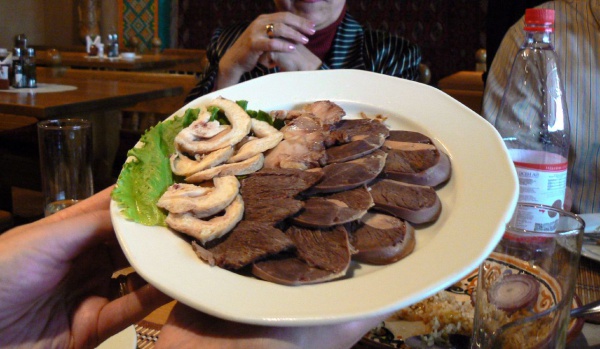Facts About Kazy
Kazy, also spelled Qazı, is a cherished traditional sausage-like delicacy enjoyed by various ethnic groups in Central Asia, particularly among Turkic communities such as the Kazakhs, Tatars, Kyrgyz, and Uzbeks. It is a staple at festive gatherings and special occasions.
The allure of kazy lies in its meticulous preparation. It begins with horse rib meat, which is carefully sliced and then encased in a thoroughly cleaned and brined intestine. The process is intricate and involves several steps: removing the horse ribs, draining any blood, meticulously washing and brining the intestines, salting and seasoning the meat, and finally stuffing the intestines with the seasoned meat. Once filled, the kazy can be either smoked or dried.
When it is time to cook, the kazy is typically boiled for about two hours. After boiling, it is usually sliced and served cold, often complemented by onions and seasonal vegetables. It is a popular appetizer and pairs wonderfully with dishes such as Pilaf in Uzbekistan or Beshbarmak in Kazakhstan.
In some mountainous regions, a unique variation of kazy is made with venison instead of horse meat. This version is equally esteemed and offers a distinct flavor profile.
A reviewer from Vice once described kazy as having a smoky and earthy flavor, capturing the essence of this traditional dish. Whether enjoyed at a grand celebration or a family meal, kazy provides a delectable taste of Central Asian heritage.

 China
China